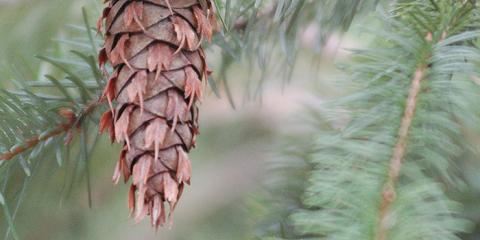Growing seedlings from seed has come a long way
February 16, 2016
Tree planting season kicked off last month, and Oregon landowners will plant some 40 million to 50 million seedlings again this year. But I have to say: The science of growing tree seedlings from seed has come a long way since my days in Pendleton as a Boy Scout.
My first scoutmaster was a U.S. Forest Service forester. He was a soft-spoken, pipe-smoking 20-something dressed in khaki that all us teenage boys thought was super cool.
We loved to hike and camp. The only thing was, we didn’t have tents. Someone figured out we could raise money to buy our own 8-foot-by-10-foot military-grade canvas field tents. They had no floors, just walls. We held dozens of fundraising events, but one in particular I remember was gathering fir and pine cones for seed extraction.
It comes easy to a 13-year-old to think like a squirrel. We quickly filled a couple dozen or more large orange sacks with cones. Then our leader explained that the cones would be dried and tumbled to extract the seeds. The seeds would be planted first in a nursery and then replanted in the forest after a timber harvest or fire. While not an entirely new concept, planting seedlings was quickly catching on as a forestry best practice instead of leaving “seed trees” for natural regeneration or spreading seed by hand or helicopter.
That was more than 40 years ago. Nowadays, the seed-to-seedling process is much more scientific. Foresters identify the best growing stock and use these “parents” to propagate “seed trees” in seed orchards. The orchards are organized by species, latitude and altitude in order to match the seedlings to where they’ll be planted. Seeds are carefully harvested in the fall and planted in low-elevation nurseries where they can be closely monitored, watered and protected from fire, frost, insects and disease.
A big winner in all this is the squirrels, who no longer have to compete with teenagers for the fattest, juiciest seed cones!
For the forest,
Paul Barnum
Executive Director
